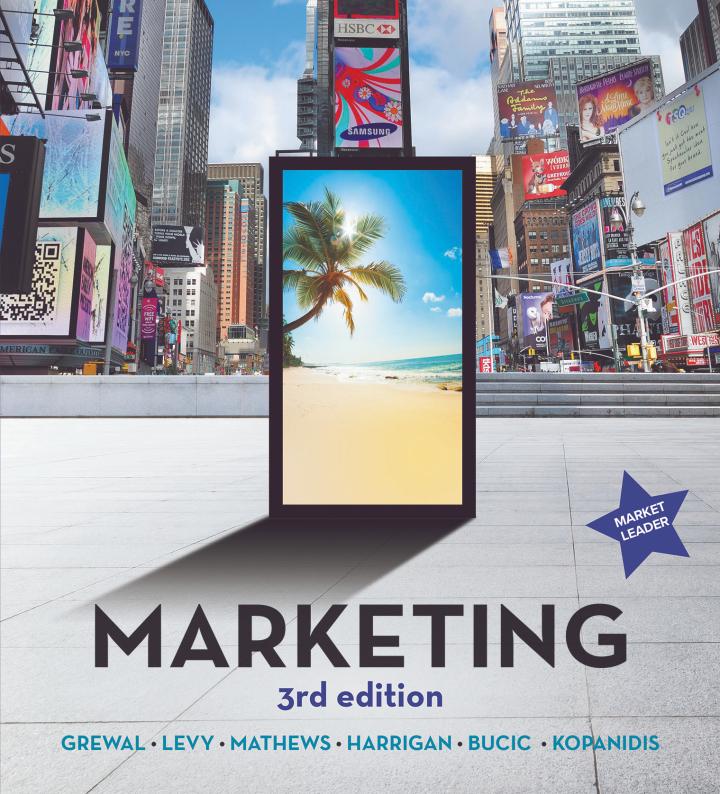1. Explain how segmenting, targeting and positioning can help reduce cannibalism in marketing. Many people may not...
Question:
1. Explain how segmenting, targeting and positioning can help reduce cannibalism in marketing.
Many people may not be familiar with Procter & Gamble, but they will be familiar with its brands. Procter & Gamble, or P&G, is headquartered in Cincinnati, Ohio, and owns multiple brands in the personal hygiene and home products category. Its Bounty brand in the United States makes paper towels, Fairy makes detergent in Australia, Pampers makes nappies, Tampax makes female hygiene products, Head & Shoulders makes shampoos, Olay makes skin and cosmetic products, Crest makes toothpaste, and NyQuil makes over-the-counter medicinal products. But even within the same product category, P&G has multiple brands. P&G has more than 20 different brands across the world, including Ambi Pur and Braun.
Why would any company make multiple brands within the same product category? Wouldn’t this simply cannibalise sales of its own products, hurting P&G’s overall financial bottom line? Cannibalism in marketing occurs when demand for one brand weakens demand for another brand.
The answer lies in how P&G segments, targets and positions its products, even within the same product category. Let’s maintain our focus on laundry detergents. In the United States, the market for laundry detergents is very price-sensitive, meaning not only that Americans look for low prices and good-value products, but that competition is fierce. P&G, in an effort to maintain market share within its own home country, has brands called Gain and Bounce that are low-cost and high-value products. They are not the most heavy-duty detergents by any means, but they offer exceptional value by offering low prices for moderate-strength laundry detergents.
Step by Step Answer:

Marketing
ISBN: 9781760423889
3rd Edition
Authors: Dhruv Grewal, Michael Levy, Shane Mathews, Paul Harrigan, Tania Bucic, Foula Kopanidis





